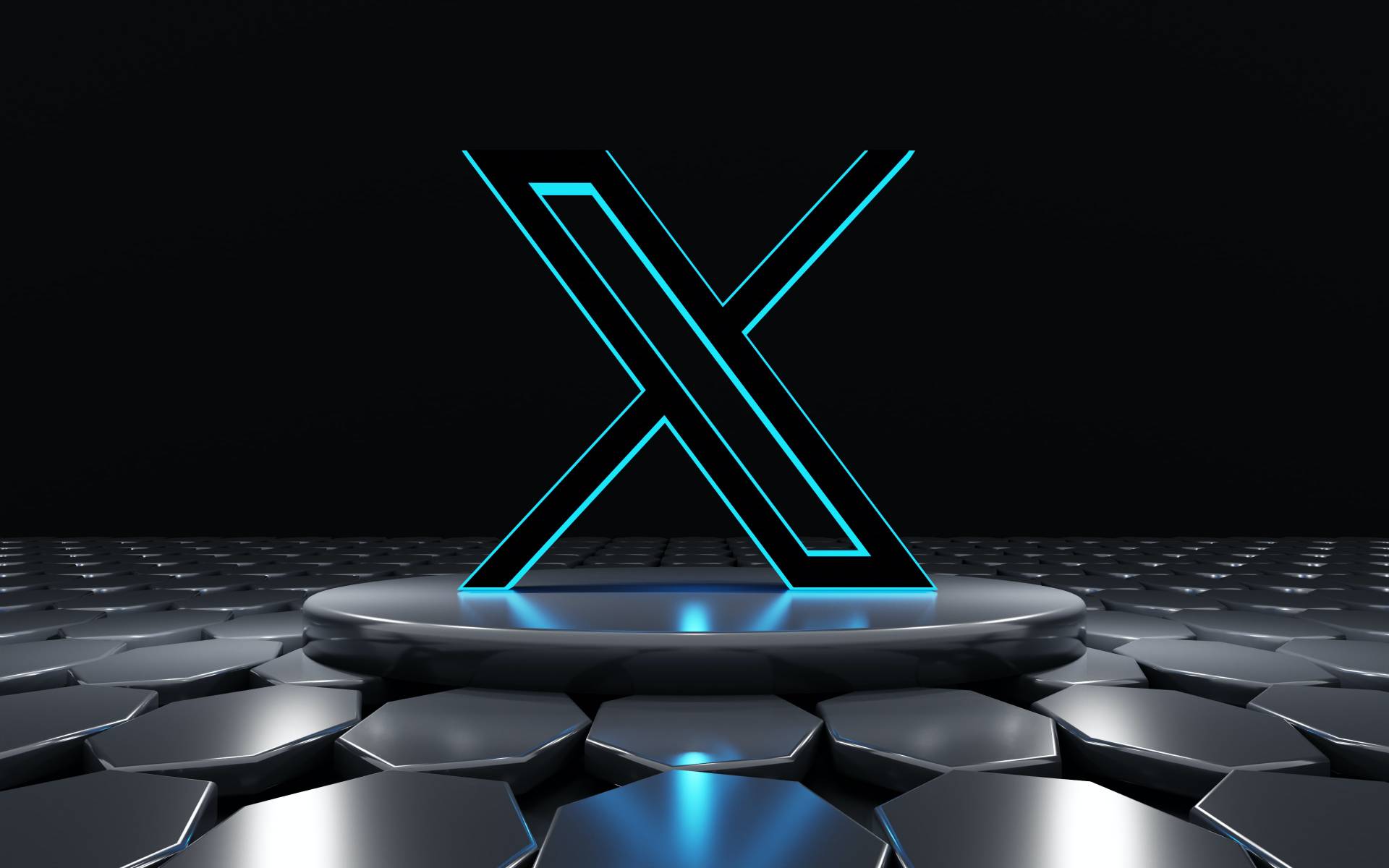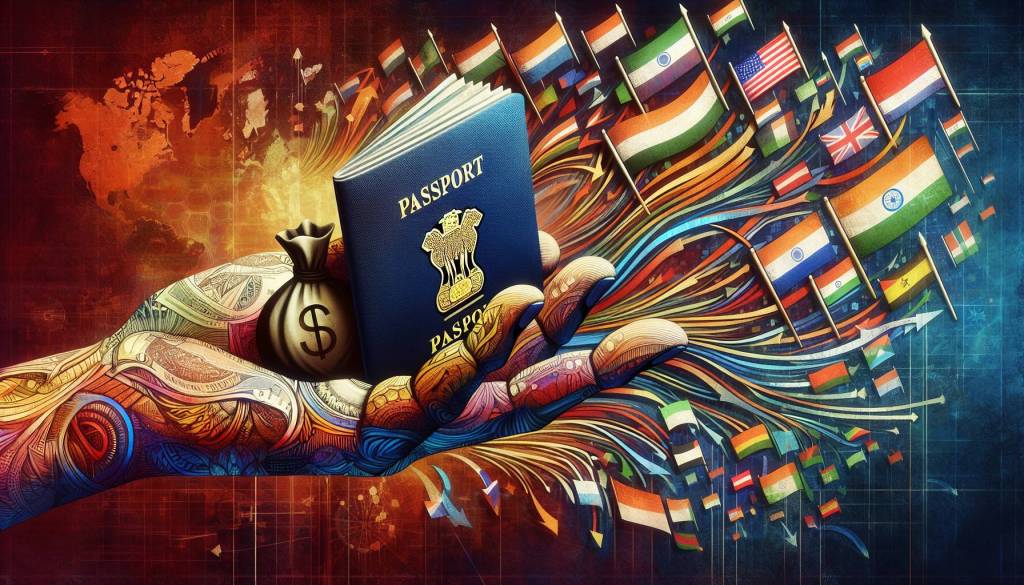Branding has always been a crucial aspect of marketing and communication. It serves as the face of a company, representing its values, identity, and purpose. Over the years, branding has evolved, adapting to the changing dynamics of consumer behavior and technological advancements. In this article, we will explore the journey of branding, from the iconic letter “X” to its recent association with tech visionary Elon Musk.
X, a letter of the alphabet, holds a significant place in our cultural lexicon. Its symmetrical shape allows it to remain legible, whether bisected vertically or horizontally. This versatility has made it a popular choice for various applications, ranging from marking a stop on a map to representing an unknown quantity in mathematics. X has emerged as a symbol of rebellion, from Malcolm X, who championed civil rights, to punk rock bands like X. It even found its place in the world of adult entertainment as the iconic XXX.
In the early 1990s, Douglas Coupland’s novel “Generation X: Tales for an Accelerated Culture” captivated a generation. The term “Gen X” became synonymous with a group of individuals who came of age in a rapidly changing world. The letter X, representing the unknown and the uncharted, resonated with this demographic. Fast forward to the present day, and the influence of Gen X can still be felt, with many of its members now holding influential positions in various industries.
On a Monday that shook the digital landscape, Twitter, the social media giant, announced its new name and logo. The transition from Twitter to X was met with mixed reactions, reflecting the chaotic energy that has come to define Elon Musk’s tenure as the owner of the platform. As users adapted to the rebranding, questions arose about the nature of the platform’s new identity. Were the posts still tweets? What sound does an X make when flying through silicon? And most importantly, why did Elon Musk choose the letter X?
Elon Musk, the enigmatic tech entrepreneur, has often been associated with disruption and innovation. Born in 1971, Musk falls within the demographic of Generation X, a generation that embraced the letter X as a symbol of their identity. It is no surprise, then, that Musk’s choice of X as the new face of Twitter reflects his own generational connection and the cultural significance the letter holds for him and his peers.
Branding is a strategic move that can reshape the perception of a company, product, or platform. Elon Musk’s decision to rebrand Twitter as X signifies his vision for the platform’s future. The letter X carries a sense of mystery and intrigue, hinting at the potential for transformation and innovation. By associating Twitter with X, Musk aims to position the platform as a hub of revolutionary ideas and a catalyst for change in the digital landscape.
Elon Musk’s branding choices have always been met with intense scrutiny and fascination. With the unveiling of X as the new face of Twitter, the impact was immediate. The rebranding generated significant media attention, sparking discussions about the future direction of the platform. The association with Musk’s visionary persona added a layer of excitement and anticipation, attracting new users and re-engaging existing ones. The X branding served as a powerful marketing tool, creating a buzz around the platform and solidifying its position as a platform for innovation.
As X takes center stage in the branding of Twitter, the future holds both opportunities and challenges. The association with Elon Musk brings the promise of innovation and disruptive ideas. However, it also raises questions about the potential influence of a single individual on a platform that serves as a global communication medium. Balancing the vision of a visionary like Musk with the diverse voices and perspectives of its user base will be a crucial challenge for X in the coming years.
Branding has the power to transform and redefine the perception of a company or platform. Elon Musk’s decision to rebrand Twitter as X is a testament to the strategic importance of branding in shaping the future of a business. The letter X, with its versatile and symbolic nature, resonates with a generation and represents a sense of rebellion and innovation. As X continues to evolve and make its mark on the digital landscape, the world awaits the next chapter in the journey of branding and its impact on our society.
FAQ
1. What is the significance of the letter X in branding?
The letter X holds a versatile and symbolic nature, making it a popular choice for branding. Its symmetrical shape and legibility make it visually appealing and easily recognizable. X represents rebellion, innovation, and the unknown, making it a powerful symbol for companies looking to make a bold statement.
2. Why did Elon Musk choose X as the new branding for Twitter?
Elon Musk’s decision to rebrand Twitter as X reflects his generational connection and the cultural significance the letter holds for him and his peers. X represents rebellion and innovation, aligning with Musk’s vision for the platform’s future as a hub of revolutionary ideas and change.
3. How does branding impact the perception of a company or platform?
Branding plays a crucial role in shaping the perception of a company or platform. It represents the values, identity, and purpose of the brand, influencing how it is perceived by its target audience. A well-executed branding strategy can attract new users, re-engage existing ones, and position the brand as a leader in its industry.
4. What are the opportunities and challenges of the X branding for Twitter?
The X branding presents opportunities for Twitter to position itself as a hub of innovation and change. The association with Elon Musk’s visionary persona adds excitement and anticipation. However, it also raises challenges, such as balancing the influence of an individual on a global communication platform and ensuring diverse voices are heard.
5. What can we expect from the future of X branding?
The future of X branding holds promise and intrigue. As X continues to evolve, we can anticipate further innovation and transformation in the digital landscape. The branding will shape the direction of Twitter and its impact on society, with the potential to redefine the way we communicate and engage with one another.
First reported by The New York Times.













